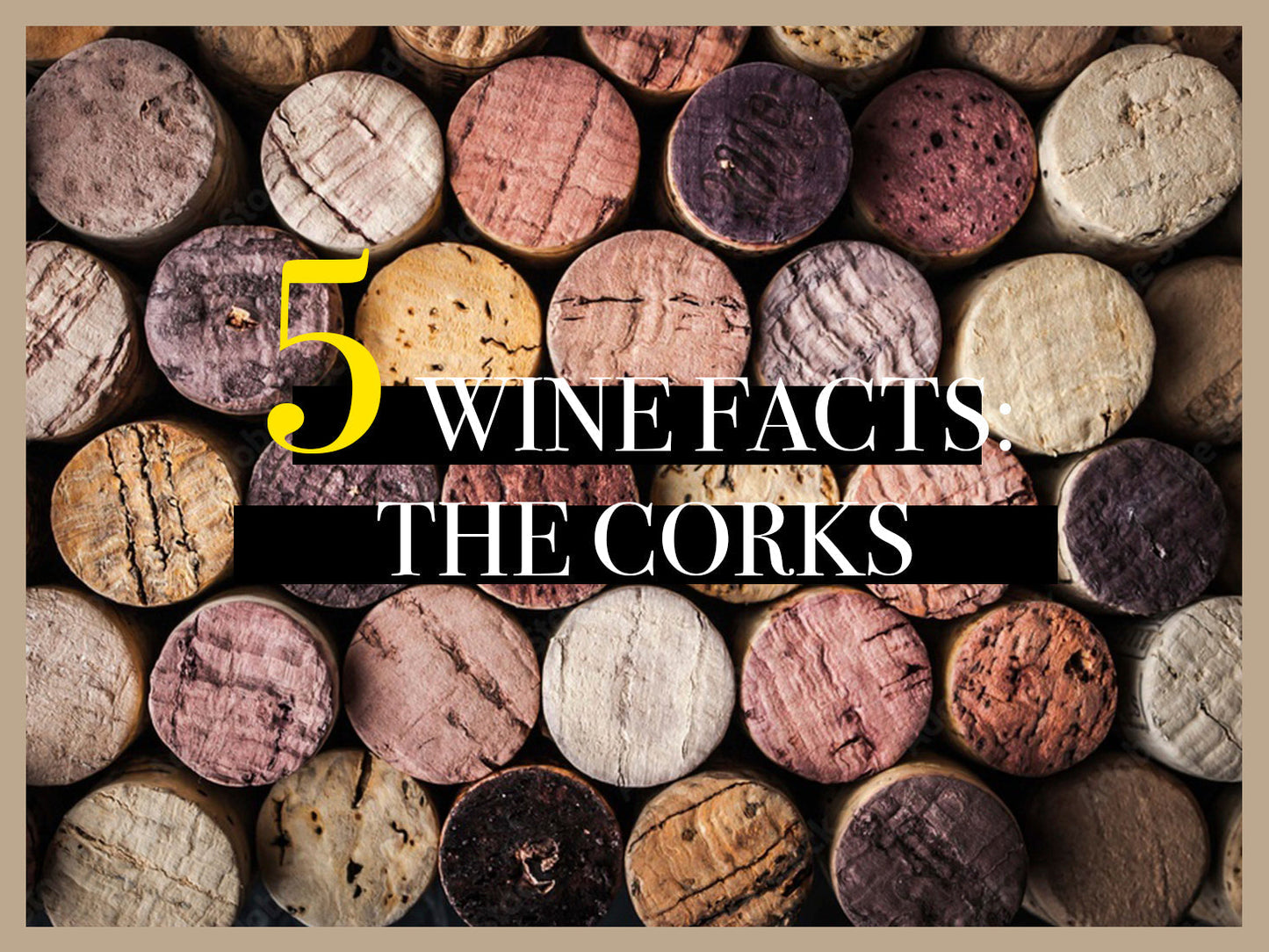
Text by: Symbolicwines.com
Corks might seem like just a closure—a small thing between you and your wine—but they hold centuries of tradition, innovation, and a little bit of mystery. From the snap of a sommelier’s corkscrew to the quiet aging of a bottle in a cellar, the cork plays a subtle but vital role. It’s a bridge between nature and craft, ritual and science. Whether punched from ancient bark or spun in a lab, the cork is more than a plug—it’s part of the wine’s identity.
1. Not All Corks Are Natural
While traditional corks come from the bark of the cork oak tree, many modern bottles use synthetic corks or screw caps. Each has its pros and cons, but natural cork is still prized for tradition and aging potential. As long as the oldest and the most respected wineries still use the classic cork in their iconic wines – there is no way for synthetic ones to replace them fully.
2. Portugal Leads Cork Production
Over 60% of the world's cork comes from Portugal. The country’s climate and centuries-old practices make it the global leader in cork harvesting and production. Moreover, the cork industry in Portugal generates over one billion euros in annual revenue, making it a vital component of the country’s export economy.
3. Cork Allows the Wine to Breathe
Natural corks are slightly porous, allowing minute amounts of oxygen into the bottle. This micro-oxygenation can help wines age gracefully—too much air, though, and the wine spoils. Beyond the ceremony, there’s real science behind the cork’s performance. A typical natural cork allows about 1 milligram of oxygen per year to pass into the bottle. This tiny trickle of air is enough over time to influence how the wine matures—noticeable in a few years and critical over decades.
4. Cork Taint Is Real
“Corked” wine refers to bottles affected by TCA (trichloroanisole), a compound that can develop in natural cork and ruin the wine’s aroma and taste. It’s harmless but very unpleasant. Cork taint can strip a wine of its fruitiness, making it smell musty—like damp cardboard, a wet basement, or moldy newspaper. The flavor often tastes flat, muted, or off. If a wine smells dull or moldy right after opening and doesn’t improve with air, it’s probably corked.
5. Wines Can Be Re-Corked
For prized bottles meant to age for decades, especially those in museum collections or private cellars, re-corking becomes essential. Over time, even the best corks can degrade, risking oxidation. Wineries or specialists sometimes offer re-corking services, where old corks are carefully removed and replaced under controlled conditions—often with inspection, topping up, and new certification. It’s delicate work that helps preserve both the wine and its legacy.
